NYC’s Forgotten ‘War on Christmas Trees’
Discover how an obscure holiday crackdown affects festive street vendors today!


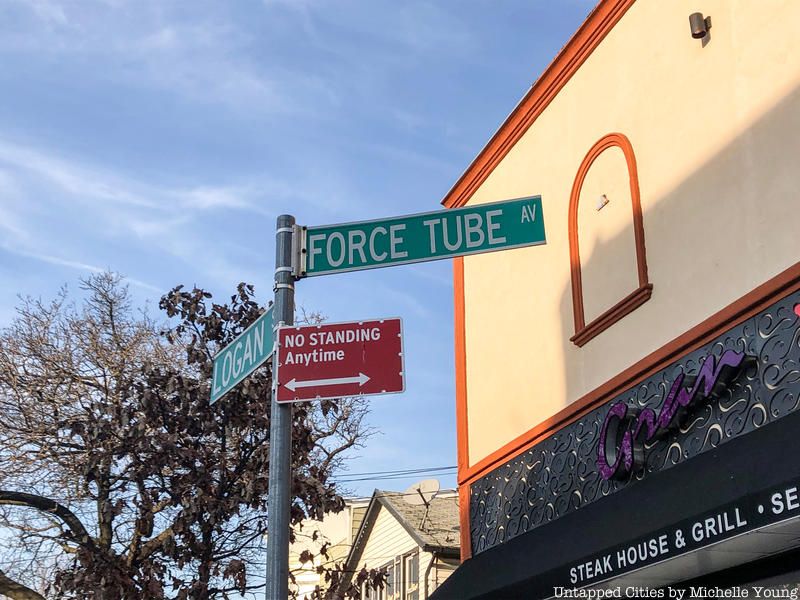
Streets in New York City (and the world) are often christened with appealing names that indirectly reflect the history of their surroundings in a subtle manner. This unspoken rule does not apply to the following roundup of streets with functional names in NYC:
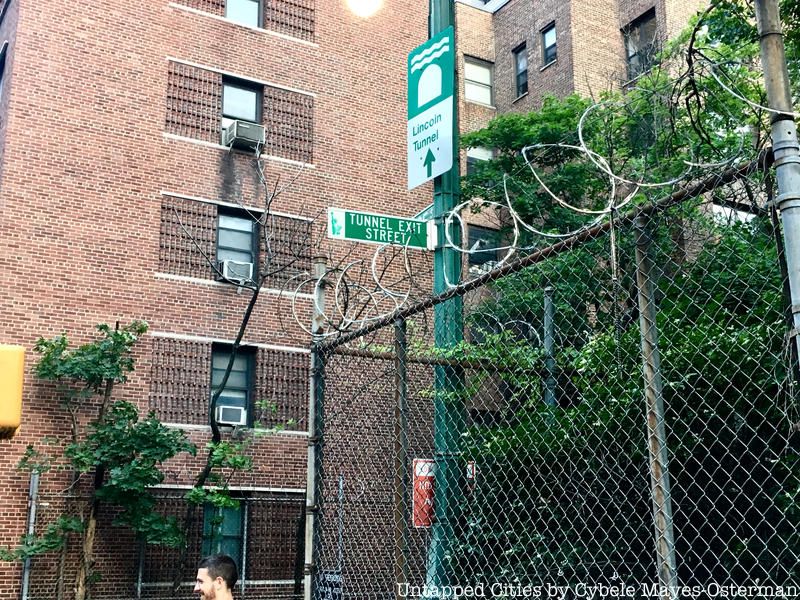
When the Queens Midtown Tunnel was built in 1940, connecting Hunters Point, Queens, to Murray Hill, Manhattan, two streets were constructed with it. Tunnel Entrance Street (formerly Tunnel Approach) and Tunnel Exit Street are exactly what they sound like. The former leads to the tunnel’s entrance, and the latter allows exiting cars to diffuse into Second or Third Ave gradually over eight blocks. What’s interesting is that, despite the surrounding neighborhood having blossomed over the past seven decades, Tunnel Entrance and Tunnel Exit Streets have no street addresses. Perhaps this is because of the area’s unpopularity: one online reviewer called a nearby park “the saddest park in New York.” She goes on to cite noise and traffic as the vicinity’s biggest nuisances.
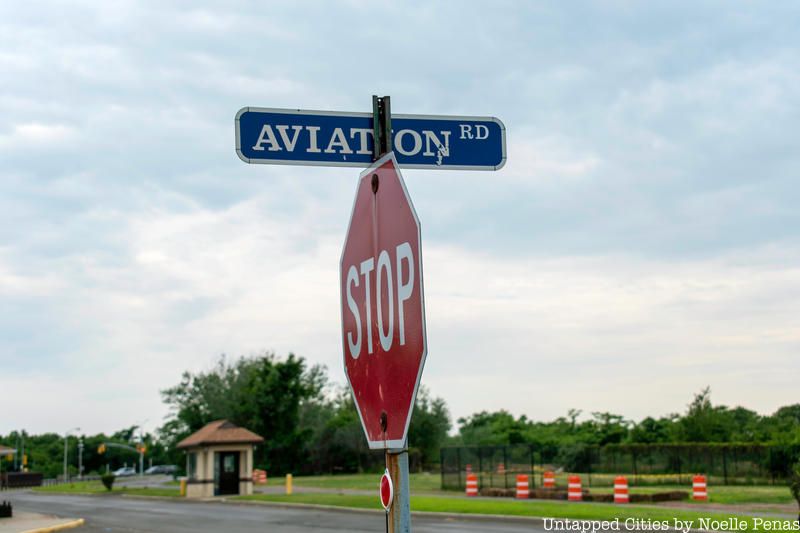
This Brooklyn road (or series of connected roads) is adjacent to the Floyd Bennett Field, which once was New York’s first municipal airport. Opened in 1931, it went on to be the most active US airport during World War II. The field is currently part of the Gateway National Recreation Center and commemorates aviation history. Recently, the field held the Brooklyn Tomato Battle. In addition, the aptly named Aviation Road is the only remaining entrance to the field, since the airport and WWII Navy entrances are now closed to the public.

No, there weren’t any famous New Yorkers named “Extra.” The street got its name because it was simply unclaimed, extra land. When Philip Minthorne, who owned this land as part of an 110-acre farm, passed way in the early nineteenth century, his children split up the land but left out a small piece for whatever reason. For a while, this 3-feet wide, 120-feet long piece was home to seedy establishments, like low-end speakeasies and metalworking garages. After a brief stint as the back door of punk venue CBGB, the place declined into shabbiness once more. Now, the small street is revitalized again, with restaurants, shops, and artsy events.
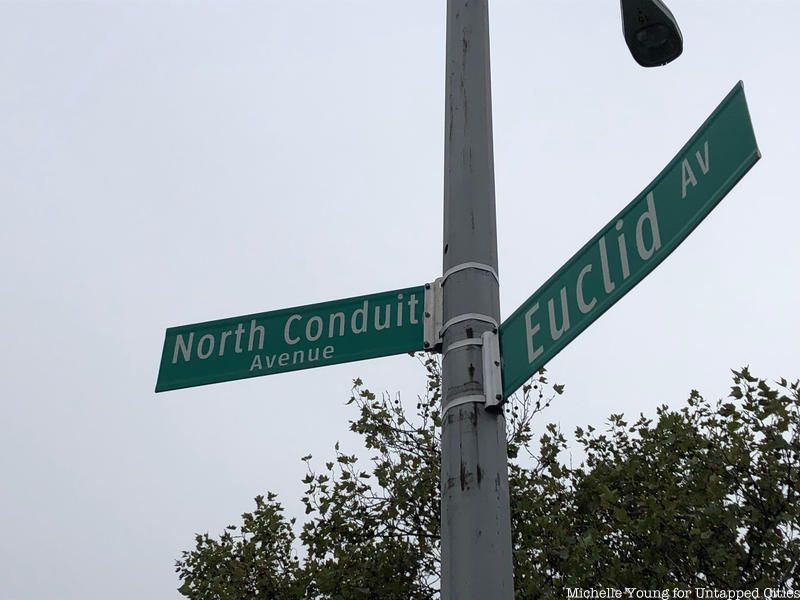
Queens has a Conduit Avenue, Brooklyn has Conduit Boulevard. It’s really the same road that crosses both boroughs and was named after a water conduit (aqueduct) run by the now-defunct Brooklyn Water Works that was replaced by this road. The entire length of the road stretches from Atlantic Avenue in Brooklyn to the Queens/Nassau County border.

Force Tube Avenue was also built onto the same water conduit as Conduit Avenue/Boulevard. It warranted a separate listing just because it’s name is so awesome. It’s currently separated from Conduit Boulevard by an empty grassy lot but on a map you can easily see that it’s the same right of way, cutting against the regular Queens street grid.
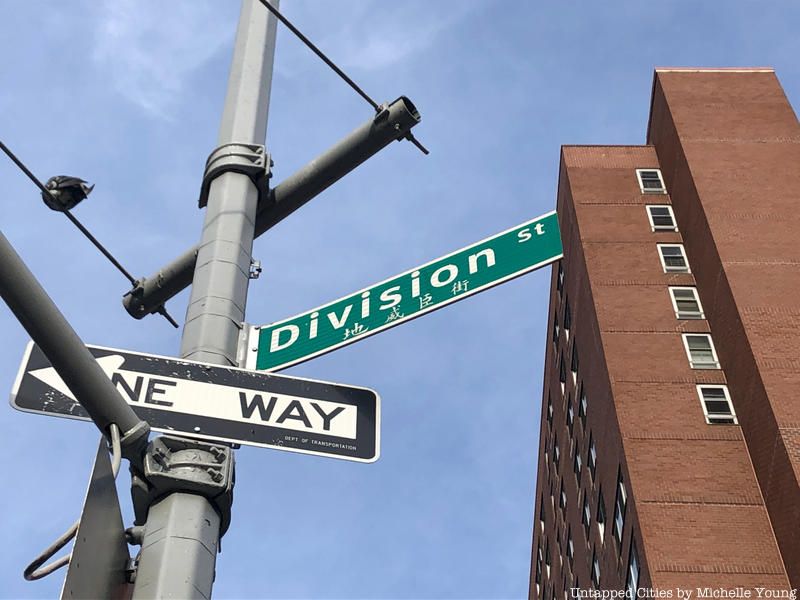
Division Street in Chinatown gets its name from a colonial border between two landowners, James deLancey and Henry Rutgers who, according to Forgotten NY, “between them owned most of the Lower East Side in the 18th Century.” The Second Avenue Elevated train once ran down Division Street, demonstrating just how long borders can linger, long after the people who create them are gone.
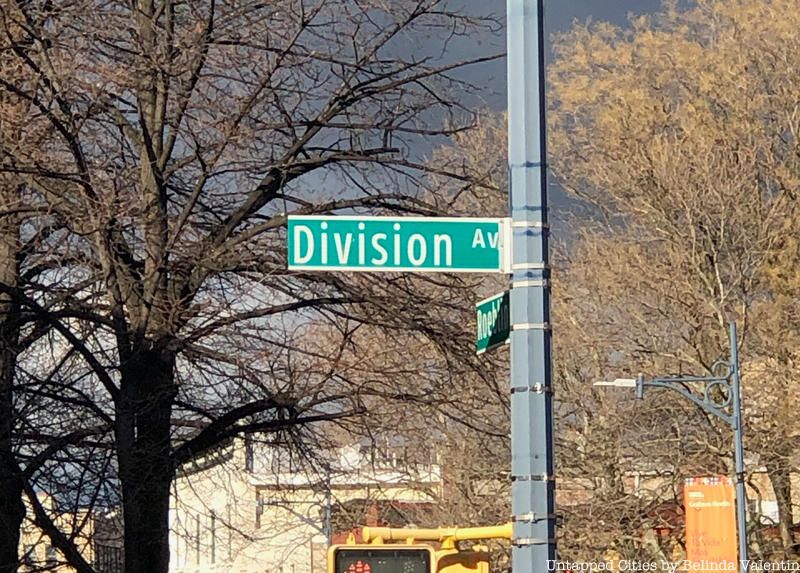
Meanwhile, Division Avenue in Brooklyn marked a former municipal boundary between Brooklyn and Bushwick (which included Williamsburg at the time).
It should be noted that Queens is particularly full of functionally named streets, like Junction Boulevard, Railroad Avenue (next to Cavalry Cemetery), North Loop Lane (near Fort Totten), Traffic Avenue (in Ridgewood), and Trotting Course Lane. There’s also a “Zoo Bridge” which is just next to the World’s Fair Pavilion ruins in Flushing Meadows Corona Park.
Subscribe to our newsletter